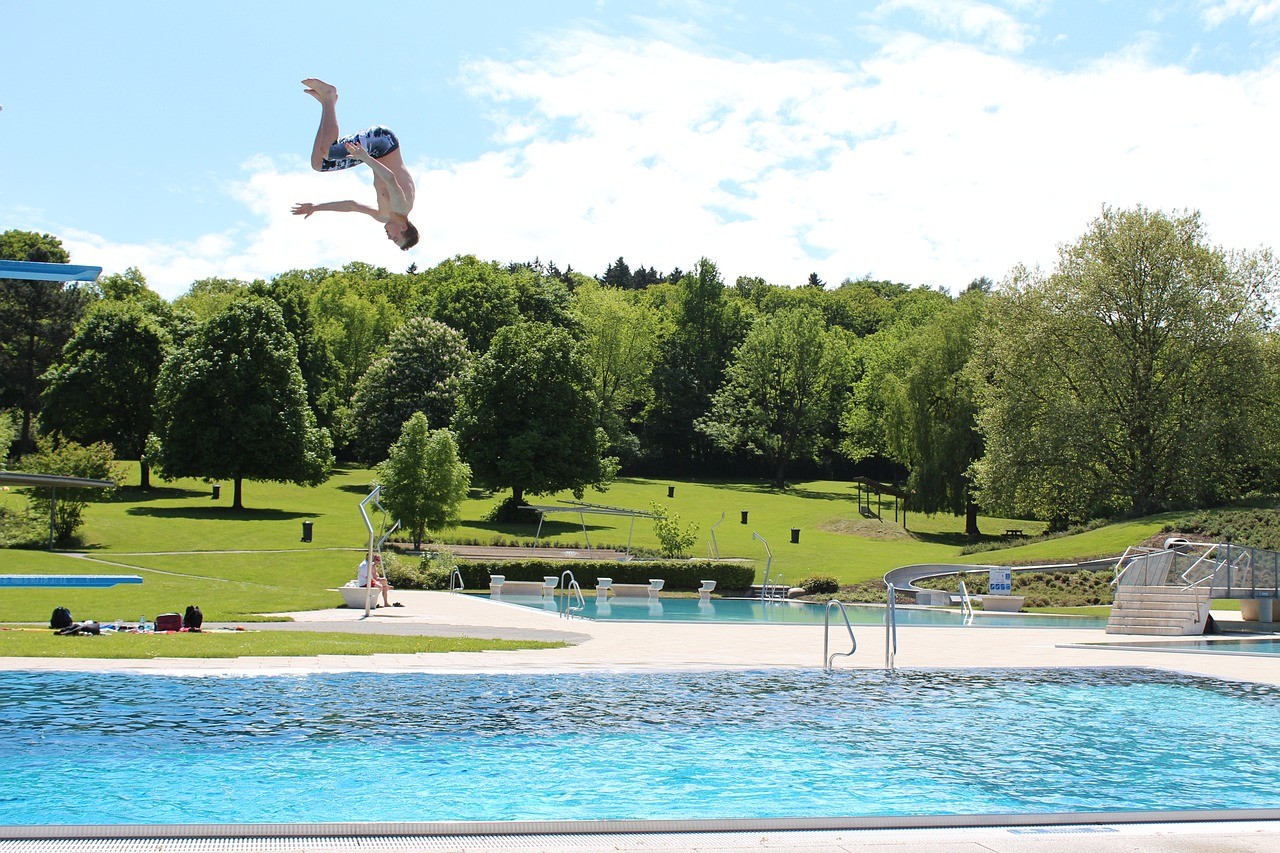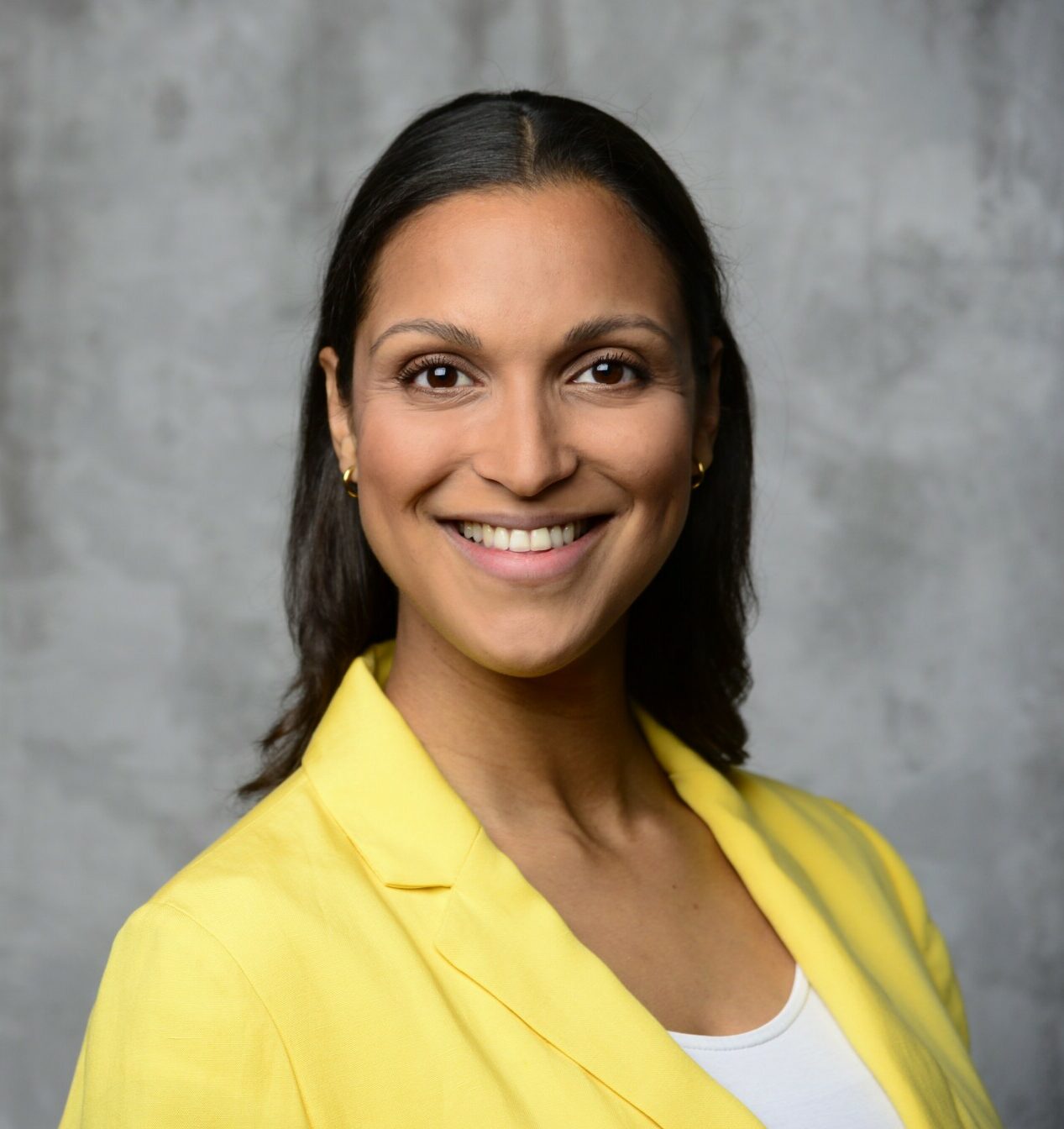

The leisure behaviour of Germans
Germans„ leisure time is increasingly taking place “on demand" - a key finding of the current Leisure Monitor 2025. For the long-term study, which has been conducted by the BAT Foundation for Future Studies for 40 years, over 3,000 German citizens aged 18 and over were surveyed in June of this year on a representative basis about their leisure behaviour and their satisfaction with it. The detailed analysis shows several structural changes: While media consumption is becoming more digital and personalised, sporting activities and simple forms of relaxation such as going for a walk or reading are gaining in importance - traditional social contacts, on the other hand, are declining slightly.
„We are observing a quiet reprioritisation in leisure time“, says Professor Dr Ulrich Reinhardt, Scientific Director of the BAT Foundation. „The way people organise their free time reveals the growing importance of the interplay between flexibility and control on the one hand and the desire for sociability and well-being on the other.“
From screens to exercise - what the majority do regularly
The leisure activities of German citizens rest on four central pillars: Media consumption, activities, social interactions and personal recreation. Media activities account for the largest share: almost everyone uses the internet (98 %), watches TV (83 %), listens to music (83 %) or radio (70 %) and uses digital devices such as computers (79 %) and smartphones (79 %) as well as social media (72 %).
Relaxation is also a high priority - from consciously lazing around (62 %) and sleeping in (58 %) to self-reflecting on one's own thoughts (73 %). Social interactions such as having important conversations (68 %) or spending time with a partner (66 %) are also frequent components of leisure time. In addition, many regularly engage in physical activities - including walks, sports or hobbies.
The changing media landscape: from a monoculture to a personalised mixed culture
Prof Reinhardt: „You could also say that we no longer gather around the campfire, but meet via livestream.“ This is because there has been a significant decline in traditional leading media: weekly use of printed newspapers and magazines has almost halved from 72 % to 38 % since 2010. Linear television fell from 97 % to 83 %, while radio usage fell from 90 % to 70 %.
At the same time, there has been an increase in the on-demand principle: the weekly use of social media has more than doubled since 2012 (from 34 % to 72 %). Streaming services now use 58 %, YouTube 53 %, podcasts or audio books 25 %.
Reinhardt: „Media consumption is evolving from a linear, programme-driven model to a personalised on-demand system. People are consuming whatever they like, regardless of time and place.“
Book reading as a constant
Despite the digital transformation and competition from audiovisual media, the proportion of book readers has remained stable: As was the case five, ten or 15 years ago, a good one in three German citizens (35 %) regularly reach for printed books. One of the main reasons for this is a constant core readership - mostly well-educated, interested in culture and attached to the medium of books - which remains faithful to this habit and passes it on to subsequent generations. In addition, books are taking on a new significance in the digital age as a conscious antithesis to fast, fragmented media use. Reading is not only a source of information, but often also a ritual and a form of self-care. The high symbolic value of reading - as a sign of education, reflection and inner peace - also contributes to the fact that books remain firmly anchored in the everyday lives of many citizens despite all the media competition.
Video games, listening to music and online shopping - three winners in a 15-year comparison
Online shoppingMore than three quarters of German citizens (76 %) now order online at least once a month - in 2010 it was just over one in three (35 %). The proportion of weekly online shoppers has more than tripled since then - from 8 % to currently 25 %.
Video gamesWhat was once considered a niche activity has now become mainstream: The proportion of weekly gamers rose from 9 % (2010) to 34 % (2025).
Listen to musicThanks to mobile flat rates and streaming services, listening to music is now the third most common leisure activity (83 %) - in 2010, the figure was 40 % and thus in 25th place.
Reinhardt: „The driving forces are convenience, individualisation and constant availability. Digital consumption is customised to the individual and requires neither planning nor a change of location.“
Less social interaction
Weekly get-togethers with friends at home have fallen from 24 % (2010) to 20 % (2025). Joint activities and invitations also decreased slightly. Although meeting or chatting with neighbours is still part of the weekly routine for a third of the population (33 %), it has become significantly less important in a long-term comparison (2010: 47 %).
Meetings within the family are also less frequent: Grandparents now see their grandchildren only half as often as 15 years ago (2025: 11 %, 2010: 22 %), less time is spent with their partner (64 % vs. 72 %) and less time is spent playing with the children (28 % vs. 35 %).
Organised and public forms of socialising have also fallen across the board. Weekly visits to pubs or bars have almost halved since 2010 - from 12 % to 7 %. Regulars' tables, discos and clubs are also on the decline.
Focus on sport - exercise becomes the norm
In 2025, regular physical activity in Germany will reach a record level: more than half of the population will exercise at least once a week - a figure that has risen continuously since 2010. At the same time, 57 % state that they do something for their health at least once a week - with a further upward trend in recent years.
Reinhardt: „Sporting activities have developed from a marginal phenomenon to a central pillar of leisure activities. It is a response to the digitalisation of everyday life and opens up paths to nature, personal encounters, balance and self-care.“
- Sport within the home has seen particular growth: While only around one in four (26 %) were active at home five years ago, this figure has now risen to almost one in three (32 %). Flexible formats via streaming platforms or apps are often used - with little organisational effort.
- Traditional activities such as jogging and swimming are also making a significant comeback. The proportion of regular joggers has risen from 10 % in 2010 to 21 % in 2025. Bathing and swimming have also increased significantly - from 5 % (2010) to currently 13 %. The figures show: More and more people are specifically looking for balance in nature - far away from screens and constant digital presence.
- Gyms are experiencing a real boom, especially among young men. In 2025, 36 % of men under the age of 35 will be exercising regularly - more than twice as many as in 2014 (17 %). The proportion of young women has also increased significantly - from 14 % to 23 %. In the overall population, the proportion of gym-goers has risen from 9 % to 20 % since 2014. This makes gyms one of the big winners in recent years.
Going for a walk - a simple answer to the complexity of everyday life
Going for a regular walk has become an established habit in Germans' everyday lives. Currently, almost three in five people (59 %) go for a walk at least once a week - 15 years ago it was just over two in five (43 %).
Professor Ulrich Reinhardt, Scientific Director of the BAT Foundation, comments:
„The walk is the simplest form of mobility and at the same time a concrete answer to the complexity of modern life. It requires no planning, no technology and no budget - but offers self-determination and regeneration. In an increasingly fast-paced, digitalised world, walking has become a conscious act of deceleration.“
Conclusion: A new leisure era between convenience and the need for socialising
The Leisure Time Monitor 2025 paints a picture of a changing society. On the one hand, digital leisure activities are becoming increasingly dominant - a trend that is likely to intensify in the coming years. This development follows the principle of individual availability and maximum convenience: neither planning nor leaving home is necessary.
At the same time, a counter-movement is discernible: analogue activities such as reading books, going for walks, exercising or experiencing nature are gaining in importance. They reflect a growing need for deceleration, balance and sensual and physical experiences.
What is worrying, however, is the gradual erosion of social contacts. The social glue - once strengthened by shared experiences and voluntary work - is increasingly threatening to crumble.
Reinhardt: „The future of leisure time will depend on whether we succeed in utilising digital opportunities without losing the fundamental human dimension of togetherness. Because true quality of life is not created in the digital space, but in the balance between virtual convenience and real encounters.“
About the Leisure Time Monitor
The Freizeitmonitor is a long-term study on leisure behaviour in Germany that has been conducted for over 40 years and is representative of the population. For the current survey, over 3,000 people aged 18 and over were questioned by GfK on behalf of the BAT Foundation for Future Studies. The detailed results and charts on over 100 leisure activities can be found at www.freizeitmonitor.de .


